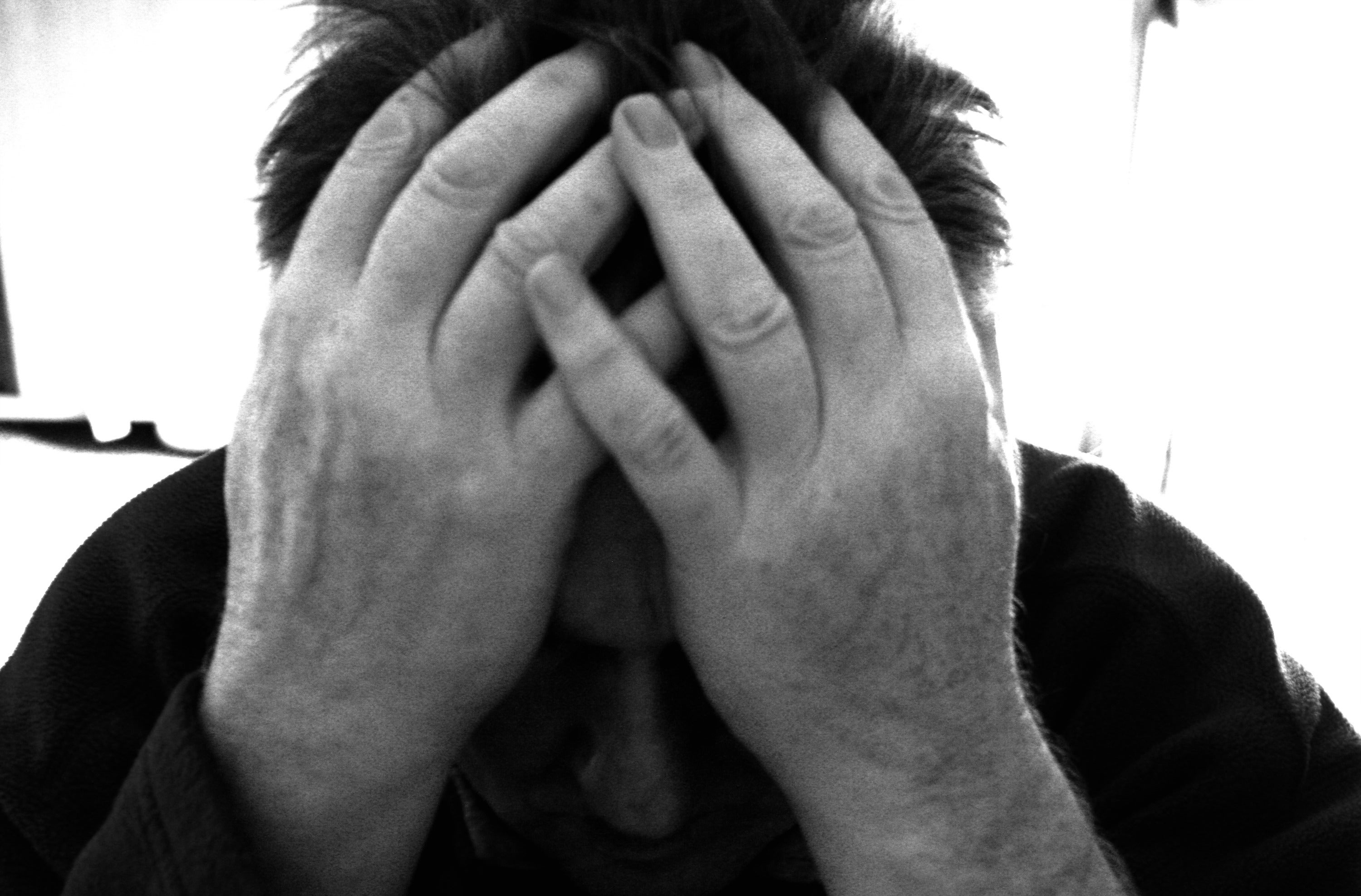Inside SAD: Understanding and Fighting the Winter Blues

As the days grow colder and shorter, we are reminded of the harsh reality that mood imbalances may occur more commonly and severely during the winter months. In their most benign form, seasonal mood imbalances (“winter blues”) can lead to slight changes in frustration tolerance or energy levels. More acutely, the change of seasons may result in a specific form of clinical depression called seasonal affective disorder (SAD). Of even greater concern, mental health experts are predicting an unusually high incidence of severe depression this winter due to the compounding effects of SAD and the unique mental health challenges presented by the COVID-19 pandemic. In any case, it is important to identify and proactively address early warning signs to ensure safe and favorable outcomes.
What are the warning signs and symptoms associated with seasonal affective disorder (SAD)?
Individuals who experience significant negative changes in mood and behaviors lasting approximately four months (typically from late fall to early spring), may be experiencing winter-pattern SAD. This type of depression has a unique presentation in that it routinely disappears in warmer months and reappears during the winter season. The signs and symptoms associated with SAD are consistent with major depression, and may include a pervasive sense of despair, fatigue, apathy or numbness, a loss of interest in activities and hobbies, social withdrawal, changes in sleep and/or appetite (typically oversleeping and overeating), general agitation, sluggishness, lack of energy, concentration difficulties, feelings of hopelessness or worthlessness, and/or suicidal ideation. SAD is said to be underdiagnosed, which highlights the importance of self-awareness and recognition of mood and behavioral changes that may negatively impact one’s quality of life.
What causes winter-pattern seasonal affective disorder (SAD)?
While research continues to be conducted around the origins of SAD, there are several biochemical and environmental considerations that appear to contribute to its onset. Findings suggest that the body’s difficulty in regulating neurotransmitters and hormones (serotonin and melatonin, respectively) alongside the reduced level of daylight hours, can create significant disruptions in mood. Deficits in vitamin D (which may occur as a result of reduced exposure to sunlight), may also be a contributing factor to mood destabilization. Additional risk factors may include one’s geographical location (those who live farther north with shorter daylight hours and potentially increased social isolation are at greater risk), co-occurring mental health conditions and a family history (both of which predict an increased likelihood of the development of SAD). Negative associations with the holiday season may also contribute to the complex onset of SAD symptoms.
Why is COVID-19-related distress expected to intensify symptoms of SAD?
The most recent peer-reviewed data indicates that the rates of anxiety, depression, substance abuse and suicidal ideation have soared since the onset of the coronavirus pandemic. Contributing factors to COVID-19-related mental health conditions include social isolation, the fear of one’s own illness or death as well as fear of the illness or death of loved ones, struggles with economic instability, concerns about unemployment, limited access to resources and otherwise typical coping mechanisms, grief, lack of structure, and overall uncertainty about the future. Mental health professionals have forecasted a worsening of behavioral and emotional health conditions as the winter months endure. It is anticipated that colder weather will lead to further isolation, and that spikes in cases will advance illness fears and general unease. A pandemic-related disruption in usual seasonal traditions (such as holiday gatherings), as well as potential seasonal unemployment for those in the trades, are all indicators that SAD, if present, may be exacerbated this winter. With such high stakes, consider taking extra precautions to protect your emotional and behavioral health this winter.
Interventions
Self-care is important; avail of all opportunities to be exposed to natural sunlight, seek alternatives to traditional family get-togethers in order to maintain your sense of connection, plan pleasurable activities, avoid self-medicating with substances or alcohol. As with any condition, it is advised to seek help sooner rather than later when symptoms develop. When appropriate and as determined by a licensed professional, a commonly recommended treatment option for SAD includes broad-band light therapy (an easy and convenient at-home option to address reduced natural sunlight). This may or may not be recommended in combination with medication management and/or cognitive-behavioral therapy. A licensed mental health professional can assist with helping individuals learn how to cope with difficult situations and talk therapy can be specifically adapted for those who struggle with symptoms of SAD.
If you or someone you love needs support in addressing seasonal depression, help is available. BAC’s Member Assistance Program (MAP) provides confidential assistance to active and retired union members and their immediate families, offered by licensed mental health professionals. Call MAP directly today toll-free at 1-888-880-8222. Calls are generally accepted from 8 a.m. to 7 p.m. EST, and all calls are kept strictly confidential. There is no charge for MAP services.
